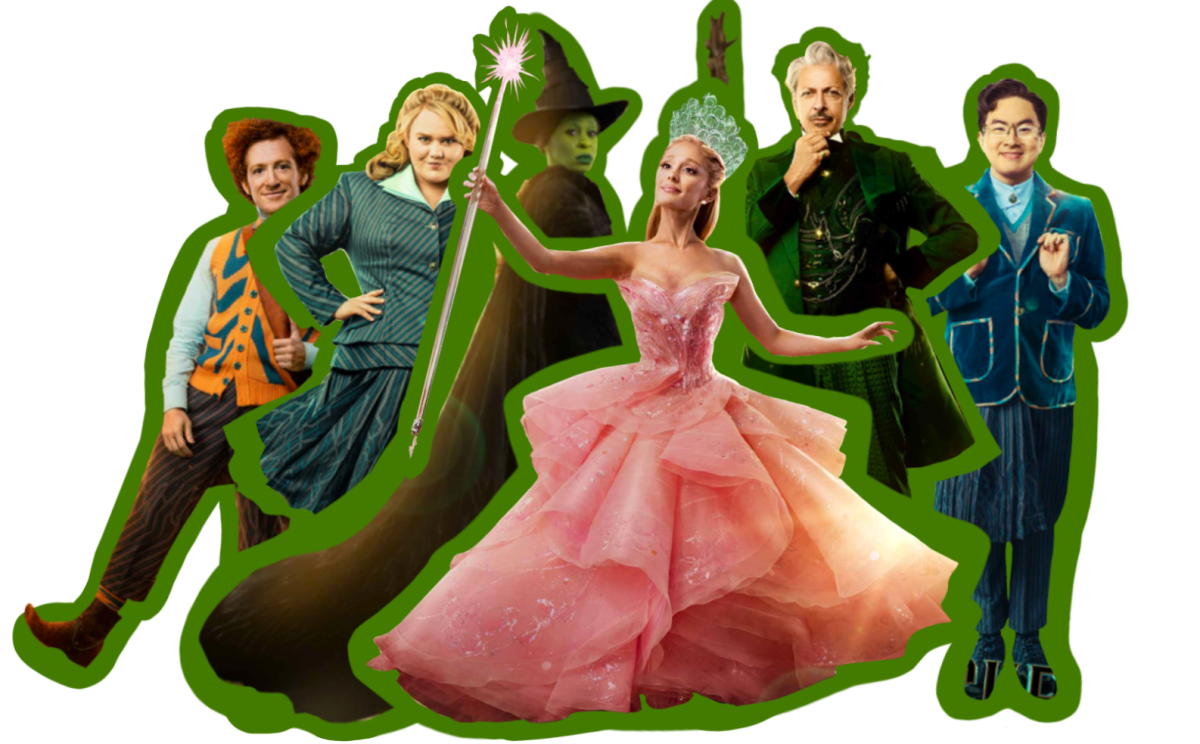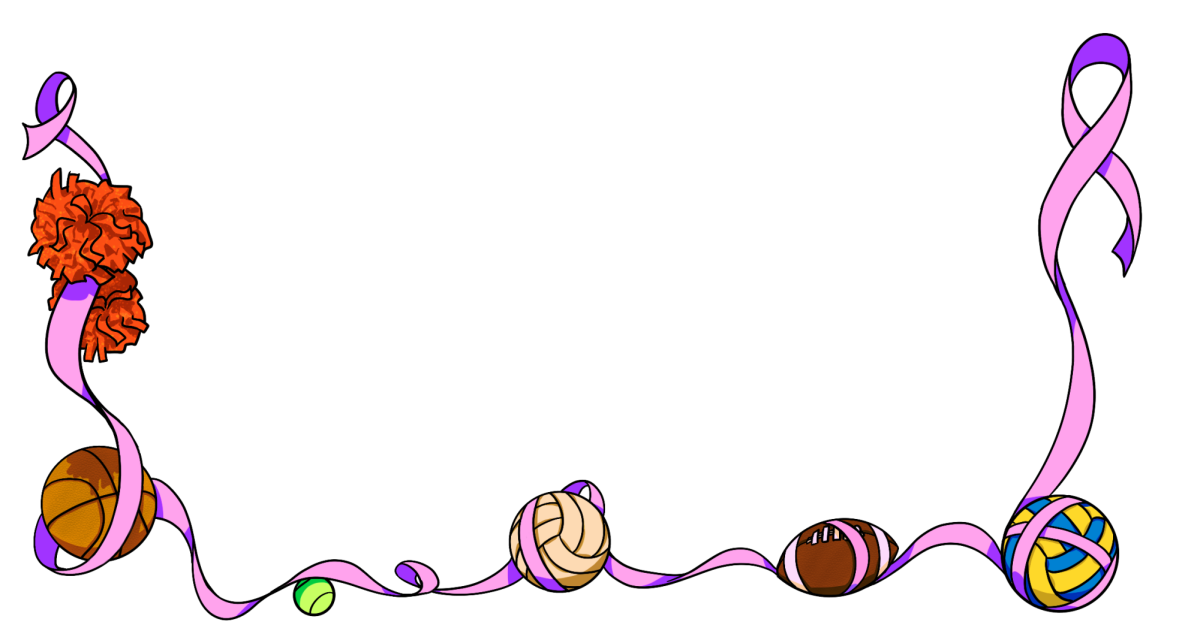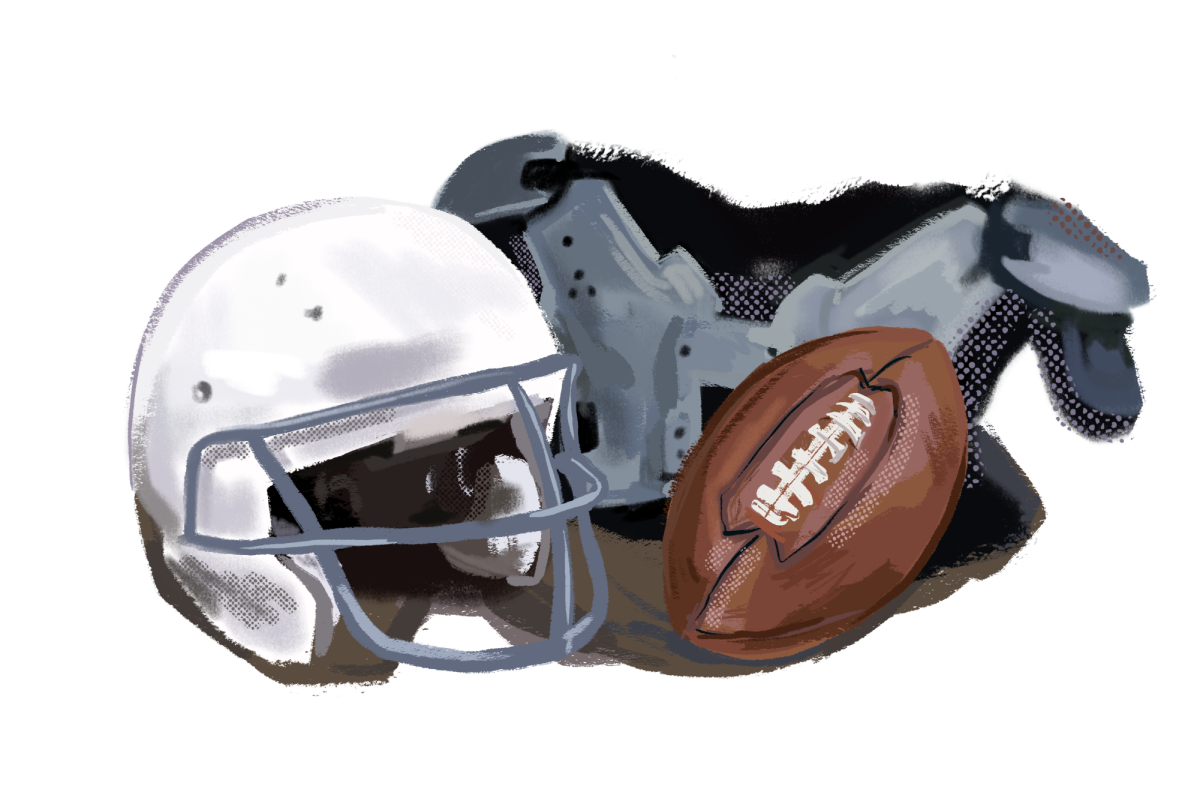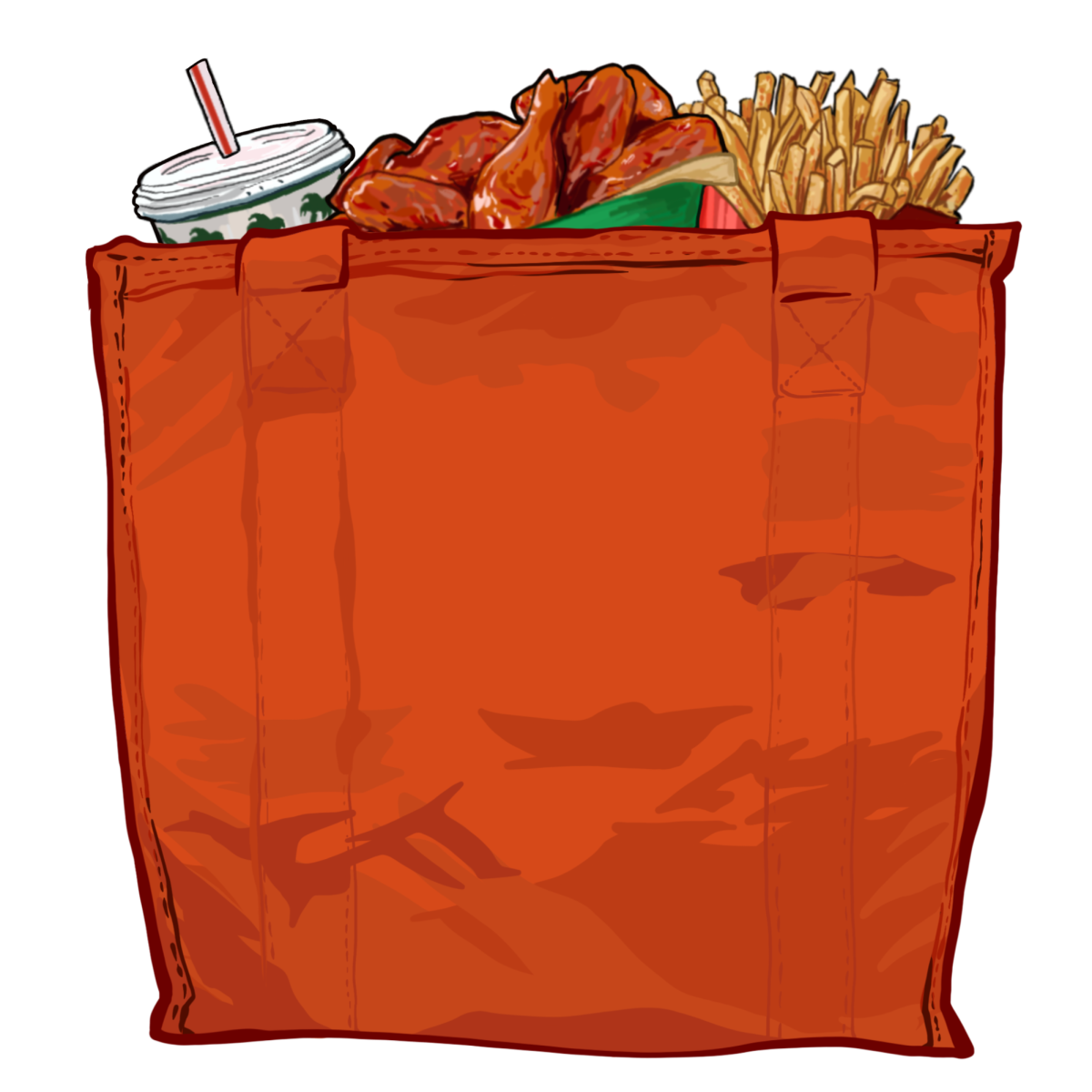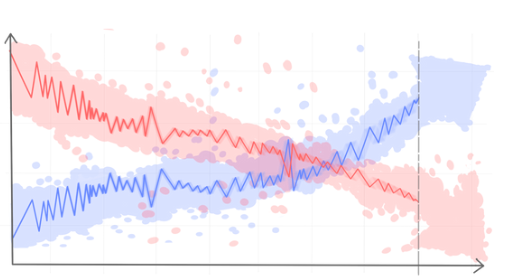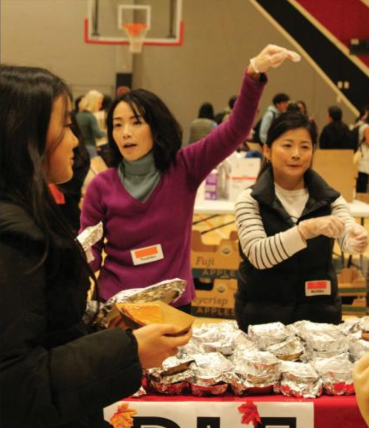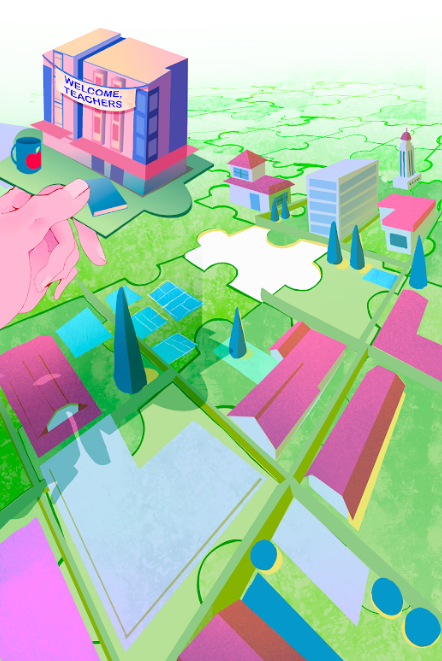Written by Evalyn Li
The impact of fashion is tremendous. While it is an attractive industry in both a literal and figurative sense, the journey from material to product has echoing environmental and social consequences.
Fashion is one of the most polluting industries in the world. Just to make the jeans sold in the United States, over 400 billion gallons of water are polluted per year. The World Bank estimates almost 20 percent of global industrial water pollution comes from the treatment and dyeing of textiles.
Greenhouse gases are also emitted during the clothes manufacturing and transporting processes. These figures not only capture the world of high fashion but also depict the reality of fast fashion to which most of us subscribe. Fast fashion is trend driven, timely, yet temporary; it is em- bodied by brands such as Forever 21, Gap and Zara.
One way high school students can mitigate the harmful effects is by buy- ing secondhand. Over 99 percent of the clothing thrown away in the U.S. can be recycled or reused, but sadly more than 85 percent ends up in landfills. These materials do not just go away. Certain synthetic fabrics made from nonrenewable fossil fuels biodegrade at a very slow rate while emitting harmful chemicals.
Over 99 percent of the clothing thrown away in the U.S. can be recycled or reused, but sadly more than 85 percent ends up in landfills.
While there may have been stigmas against buying secondhand in the past, it is proving to be increasingly popular. As thrift shops carry items previously owned, the prices are much cheaper. A long-sleeved shirt that ranges from $20 to $30 dollars could cost under $10, often times $4 or $5. Some items may be lightly worn or brand new.
Saving money can benefit the buyer by allowing them to splurge on purchases. By taking this initiative, this lifestyle will help one better appreciate the value of clothing and subsequently everything we own.
Besides being cost efficient, thrift shopping also has benefits to fashion. Current trends are iterations of past trends and buying second hand opens up a world of experimentation. Thrift store customers have access to classic and unique finds.
Thrift shopping may seem like a daunt- ing task. To ease into it, buy basic clothing second hand. Some thrift shops will not have the latest trends and styles, but going into the store with a fixed goal of buying necessities is manageable and practical. Plethoras of dress shirts, bags and jeans are available at most thrift stores.
Whatever the personal motivation may be, thrift shopping can be integrated in one’s life with a little effort.




